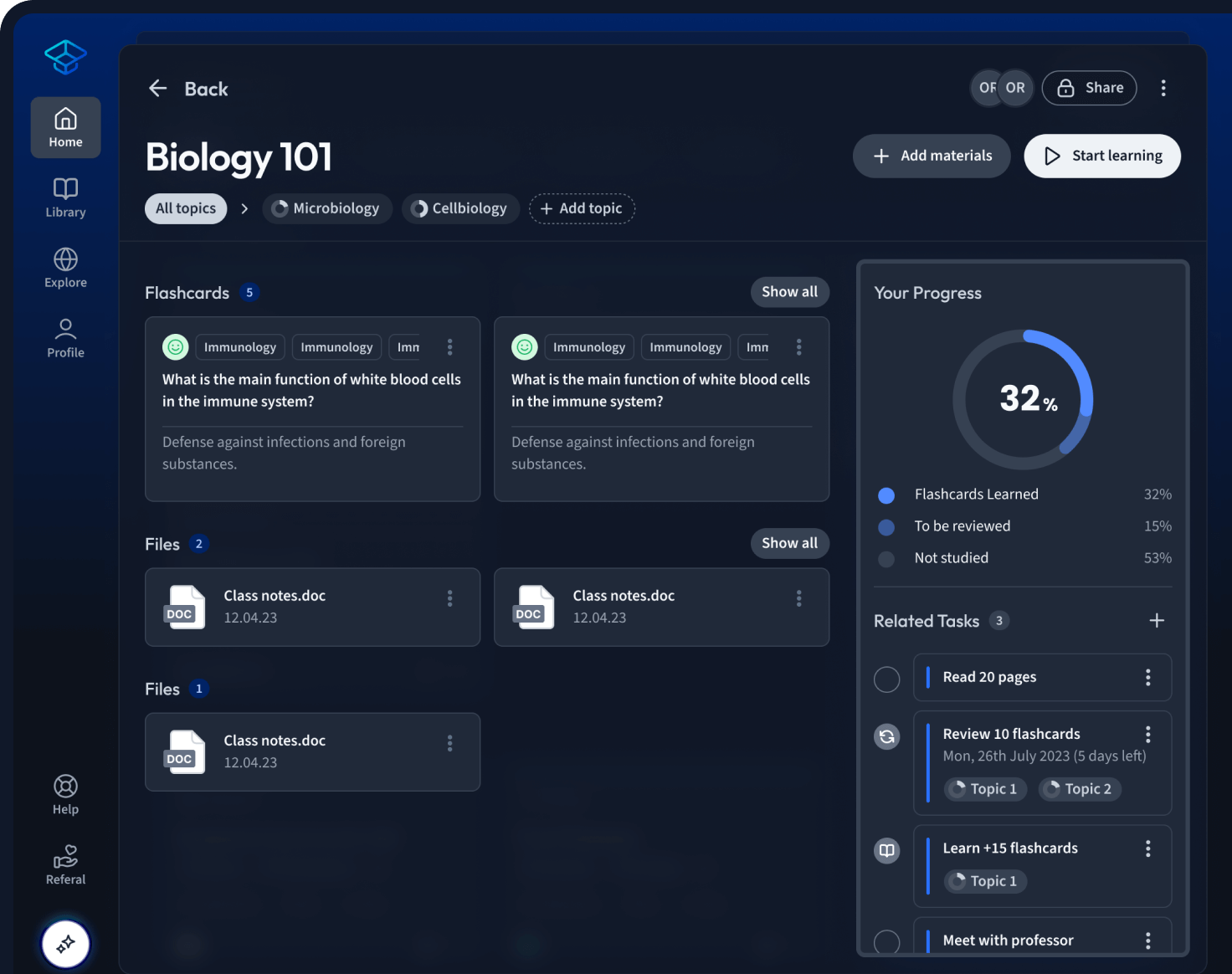Chapter 12: Multivariable Functions
Q. 14
If the function $$f(x, y)$$ is differentiable at a point $$(a, b)$$, explain why the tangent lines to the graph of $$f$$ at $$(a, b)$$ in the $$x$$ and $$y$$ directions are sufficient to determine the tangent plane to the surface.
Q. 14.
Sketch level curves and 16 for the function
. Include the graphs of three gradient vectors
on each level curve. What do you observe?
Q 15
Show that the minimal value of
Q 15.
Show that the minimal value ofisby evaluating
Q 15.
In Exercise, provide a rough sketch of the graph of a function of two variables with the specified level “curve(s).”
One level curve is a circle together with the point that is the center of the circle.
Q. 15
Give precise mathematical definitions or descriptions of each of the following concepts that follow. Then illustrate the definition with a graph or an algebraic example.
The limit definition of the directional derivative of a function of two or three variables, , at a point in the direction of a unit vector .
Q. 15
Continuity: Find the set of points where the function is continuous.
Q. 15
Fill in the blanks to complete the limit rules. You may assume that and exists and that k is a scalar.
Q. 15
Provide a definition for . Model your definition on Definitions 1.9 and 12.15.
Q. 15
In Exercises, by considering the function subject to the constraint you will explore a situation in which the method of Lagrange multipliers does not provide an extremum of a function.
Explain whyis not an extremum of subject to the constraint
